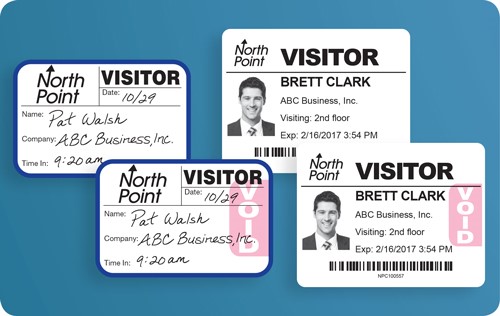Blog
Security and safety concerns for hospitals in the winter
by Paul Kazlauskas
DARKNESS
The pre-winter months are a great time to evaluate your hospital lighting to ensure your healthcare facility is well-lit and ready to offset the longer hours of darkness in the winter. It is critical to inspect the outside lighting, which helps hospital visitors and employees avoid potentially slippery surfaces. In addition, bright and well-placed lighting allows people to feel safer from being attacked or robbed. Potential lighting solutions include sensor-activated lighting, floodlighting, and lights activated on a timer.
ENVIRONMENTAL DAMAGE
Extreme weather and drastic temperature changes can sometimes weaken the integrity of doors and locks. This could cause hinges and screws to loosen or rust, wooden frames to rot or disintegrate, and doors to warp. All of these issues can reduce security, so it is important to keep an eye out for early signs of decay and then take the necessary measures to strengthen entrances and exits. In addition, prevent frozen and bursting pipes in your hospital by keeping a minimum heat level in areas not occupied by people 24/7.
Infrastructure testing is extremely important. Facilities should consider a depreciation schedule when they look at improving infrastructure. For example, there’s actually a process to test water flow at certain temperatures to see if a pipe is at risk of bursting. Then there are mitigation strategies to better insulate pipes that have been identified as at-risk.
SLIPPERY SURFACES
Be sure all exterior walkways are cleared of snow and ice, so they are safe for walking. Whether this chore is performed by internal maintenance personnel or an outside service, it provides the benefit of protecting your liability. Either way, it is a good tip to keep shovels, brooms and sidewalk salt on hand to help in case it snows during the night and the outside service hasn’t arrived yet.
FIGHTING COLD TEMPERATURES
The freezing temperatures, coupled with piercing winds, may make it difficult for hospitals to retain heat in certain areas of the building. In an effort to retain heat, hospitals can go into “controlled access”, which means they reduce the number of doors that were opening up to the outside. Other protective measures include applying plastic sheeting to some of the external vulnerable glass windows and moving patients to warmer rooms.
PREPARATION AND SUPPLIES
Validate your supplies and run some scenario numbers. If you have 40 tons of salt, how long will that supply last? What has your experience been? Having a monitoring system and a reporting system is helpful to know what your consumption rates are.
COMMUNICATION DURING A WEATHER EVENT
Communication – internal and external – is key during a weather emergency. As part of this procedure, an internal hospital security/safety team should meet with key staff and leadership to discuss the status of current issues, update on weather conditions, and align communication strategies. In addition, many hospitals have a team-operated, fully staffed command center for dealing with weather-related issues. The command center enables the hospital to strategically and methodically tackle problems while maintaining standard operating procedures.
Communicating with patients is also part of the response. Hospitals must work hard to keep patients informed about the weather and hospital status. The same is true beyond the hospital walls. Hospitals need to utilize a communications team that works together to maintain consistent messaging and leverage social media to keep the public informed. Finally, hospitals should work with local entities in community outreach to keep vulnerable patients, as well as the local homeless, informed on where to go when winter storms hit.
CONCLUSION
Hospitals have a responsibility to keep patients, visitors, and employees safe. The winter months provide circumstances that can lead to accidents and injuries; preparation is the best way to limit these. Think through the scenarios above and have an emergency plan in place for all types of people in case of severe weather. Use this guide from The Center for Public Health as a starting point and tailor it to your specific hospital, employees, and part of the country.
What other security and safety ideas should hospitals consider during the winter months? Join the conversation and add your thoughts in the “Comments” section below.
Want the latest, best security practices delivered straight to your inbox? Click the "Subscribe to the Blog" button (on the left side navigation).
Our visitor badges “VOID” overnight to prevent reuse.

See them for yourself — request free samples!
Posted on 11/1/2017



 Paul Kazlauskas
Paul Kazlauskas
 Andrew Jones
Andrew Jones